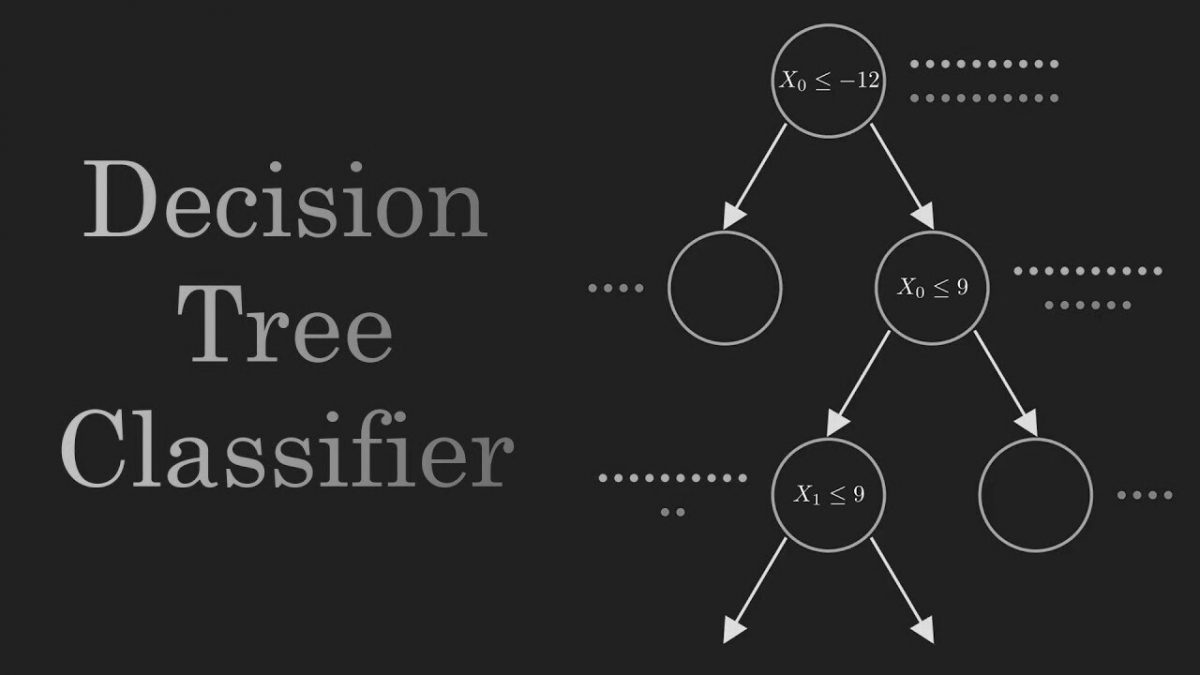Introduction
In the intricate landscape of decision-making, the human mind often resorts to mental shortcuts and biases that can lead to irrational choices. One such mental model that frequently influences our decision-making process is the concept of Decision Trees. Rooted in human psychology, Decision Trees represent a cognitive framework through which individuals evaluate choices, weigh potential outcomes, and arrive at a decision. This mental model is pervasive in various aspects of our lives, from personal dilemmas to business strategies and public policy-making. Understanding Decision Trees, their biases, and their implications can empower us to make more rational and informed decisions.
Defining Decision Trees and Their Relevance
A Decision Tree is a mental model that represents a decision-making process as a tree-like structure, with nodes representing choices and branches representing potential outcomes. Each decision point leads to further branches, enabling individuals to map out different scenarios and their corresponding consequences. This model is particularly relevant as it allows us to visually organize information, assess risks and benefits, and guide our decision-making process.
Decision Trees are prevalent in our day-to-day lives, playing a significant role in shaping our choices. For instance, when deciding which college to attend, we consider factors such as location, reputation, cost, and academic programs. Each factor represents a decision node, and the subsequent branches reflect potential outcomes, such as career prospects and personal growth. By mentally constructing Decision Trees, we navigate the complex web of choices and make decisions that align with our goals and aspirations.
Examples of Decision Trees in Various Contexts
- Personal Life Decisions: Imagine an individual contemplating whether to pursue a new job opportunity in a different city. They create a mental Decision Tree, considering factors such as career advancement, work-life balance, and proximity to family and friends. However, due to the inherent biases associated with Decision Trees, they may overly focus on a single path and overlook other potential outcomes. In this case, they might excessively prioritize career advancement, neglecting the strain on personal relationships or the potential impact on their overall well-being.
- Business Scenarios: Decision Trees are instrumental in strategic business planning. Consider a company planning to expand into new markets. The decision nodes may include factors such as market demand, competition, regulatory environment, and financial feasibility. By visually mapping out potential outcomes, such as market success, increased revenue, or potential risks, Decision Trees assist in making informed business decisions. However, a common bias that arises is the inclination to assign overly optimistic probabilities to favorable outcomes, leading to overconfidence and potential miscalculations in risk assessment.
- Public Policy-Making: Decision Trees influence public policy-making processes by assessing the potential consequences of different policy options. For example, when evaluating environmental policies, decision nodes may involve considerations such as economic impact, sustainability, and social equity. However, political and cognitive biases can distort Decision Trees, leading policymakers to prioritize short-term economic gains over long-term ecological sustainability or social welfare. This bias may result in ineffective or counterproductive policies that do not serve the best interests of society as a whole.
Mental Biases and Psychological Underpinnings
Several mental biases contribute to the formation of Decision Trees and their potential pitfalls. Anchoring bias, for instance, influences decision-making by relying heavily on initial information and subsequent adjustments. Confirmation bias, on the other hand, leads individuals to seek and interpret information in a way that confirms their preexisting beliefs or preferences. These biases impact Decision Trees by skewing the evaluation of potential outcomes, overlooking alternative paths, and limiting the consideration of contradictory evidence.
Furthermore, availability bias plays a crucial role in Decision Trees, as individuals tend to rely on readily available information rather than conducting thorough research. This can lead to an incomplete understanding of potential outcomes and hinder the objectivity of decision-making. The framing effect also influences Decision Trees, as the way information is presented can significantly impact the choices made. For instance, highlighting potential losses rather than gains can lead to risk aversion.
Strategies for Identifying and Avoiding Decision Trees
To overcome the potential pitfalls of Decision Trees, it is essential to develop awareness and employ strategies for more objective decision-making. Here are some practical tips to identify and avoid falling prey to Decision Trees:
- Seek Diverse Perspectives: Actively seek out diverse viewpoints and challenge your own assumptions. Engage in open discussions and consider alternative paths and potential outcomes to broaden your Decision Tree.
- Conduct Research: Avoid relying solely on readily available information. Invest time and effort in gathering comprehensive data, considering multiple sources, and evaluating different scenarios to ensure a well-informed Decision Tree.
- Embrace Uncertainty: Acknowledge and incorporate uncertainties into your Decision Tree. Assign probabilities to potential outcomes rather than relying on absolutes, as this will help account for unforeseen circumstances and potential risks.
- Test Assumptions: Continuously question and test your assumptions throughout the decision-making process. Challenge the validity of your underlying beliefs and reassess the probabilities and potential outcomes associated with each decision node.
- Utilize Decision-Making Tools: Leverage decision-making tools such as decision matrices, cost-benefit analysis, and scenario planning. These tools can provide a structured framework to objectively evaluate options, mitigate biases, and navigate complex Decision Trees.
Conclusion
Decision Trees are deeply ingrained in our decision-making process, shaping the choices we make in our personal lives, businesses, and public policies. However, understanding the biases associated with Decision Trees is essential to avoid irrational decisions. By recognizing the prevalence of mental biases and employing strategies to overcome them, we can enhance our decision-making capabilities and ensure that our choices align with our long-term goals and interests. By unraveling the mental trap of Decision Trees, we empower ourselves to navigate life’s complexities with clarity and objectivity.
